The sky's the limit: a room 3 metres high
Technical wood allowed this home project to be developed adjacent to the main building.
“FINSA'S MATERIALS HAVE THE QUALITY AND NUANCES THAT ALLOW US TO CREATE DESIGNS THAT ARE MUCH MORE REFINED AND SUITABLE FOR THE PROJECT’S PROPOSALS”
Antonio Maciá, Architect from WOHA Architecture.
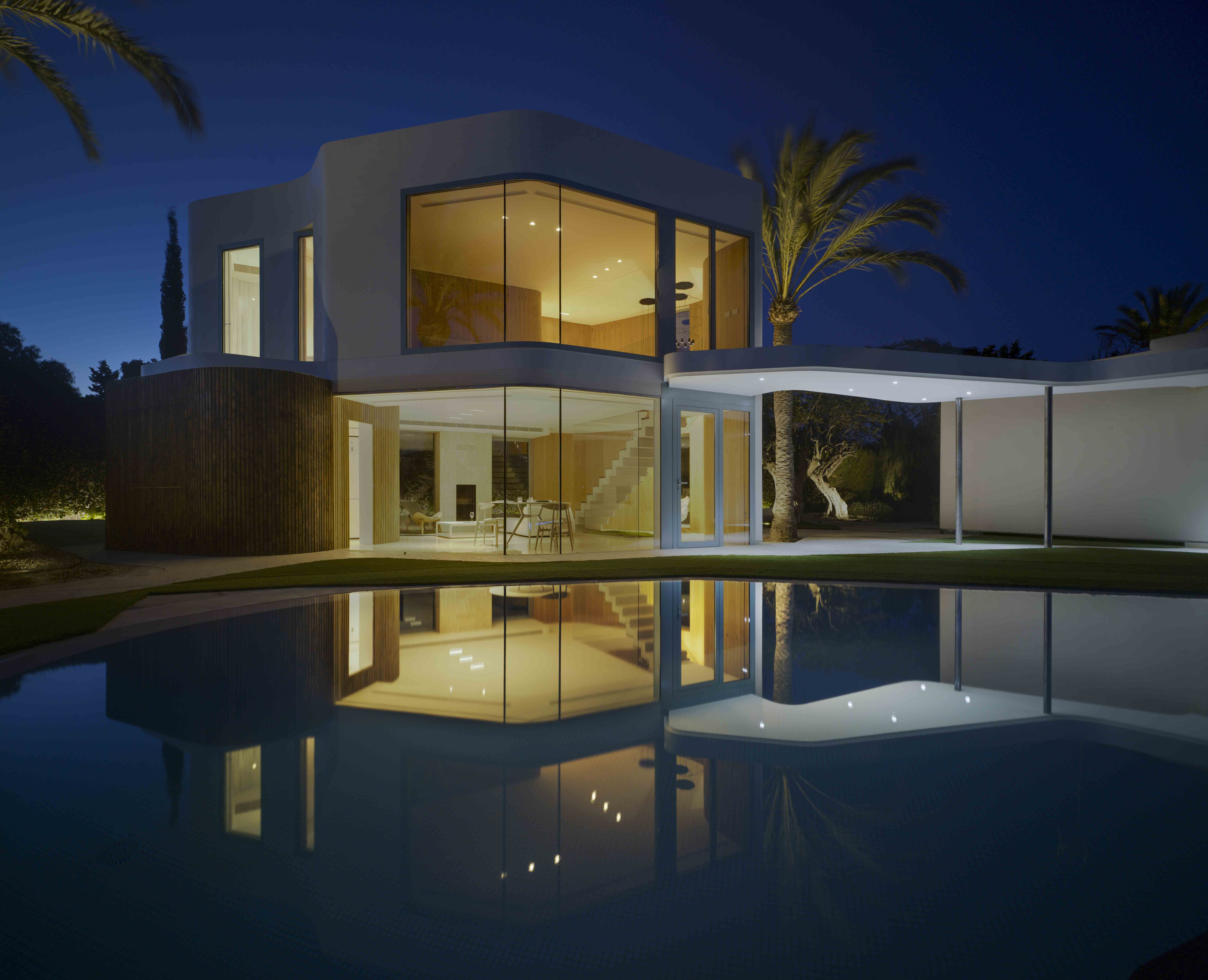
A room 3 meters off the ground, and a cooking area. These were the key points that were presented to WOHA (World Of Holistic Architecture) in order to separate a bedroom from the main dwelling. Based on this, the studio proposed this bedroom that is supported by two sculptural pieces: one that is organic and rigid, which is made of concrete and lined with slatted wood, one that is an exposed concrete staircase. All this, connected to the main building by a footbridge.
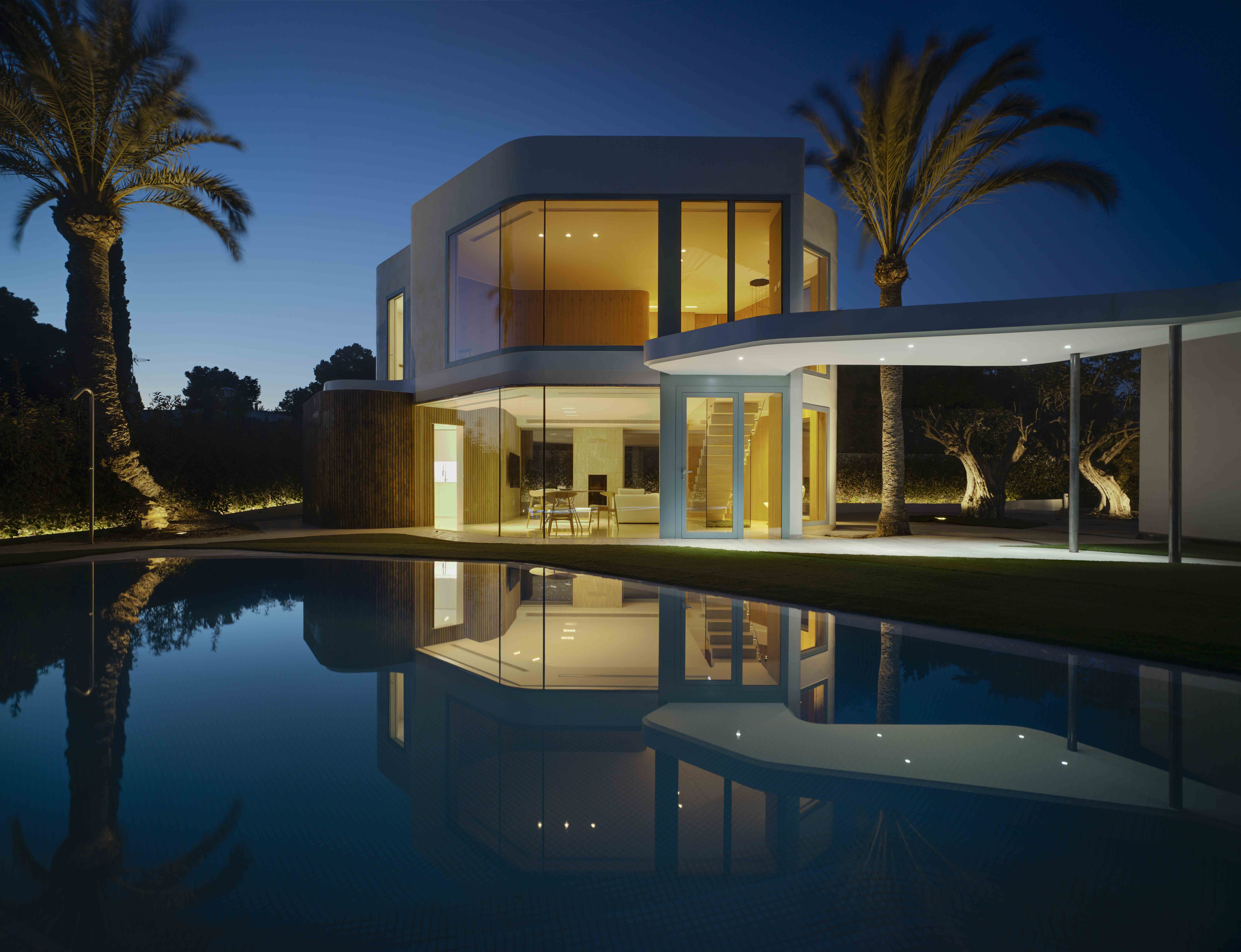
The ground floor of the area is closed in with large windows that provide the space where the living-dining room and kitchen are located with transparency and luminosity.
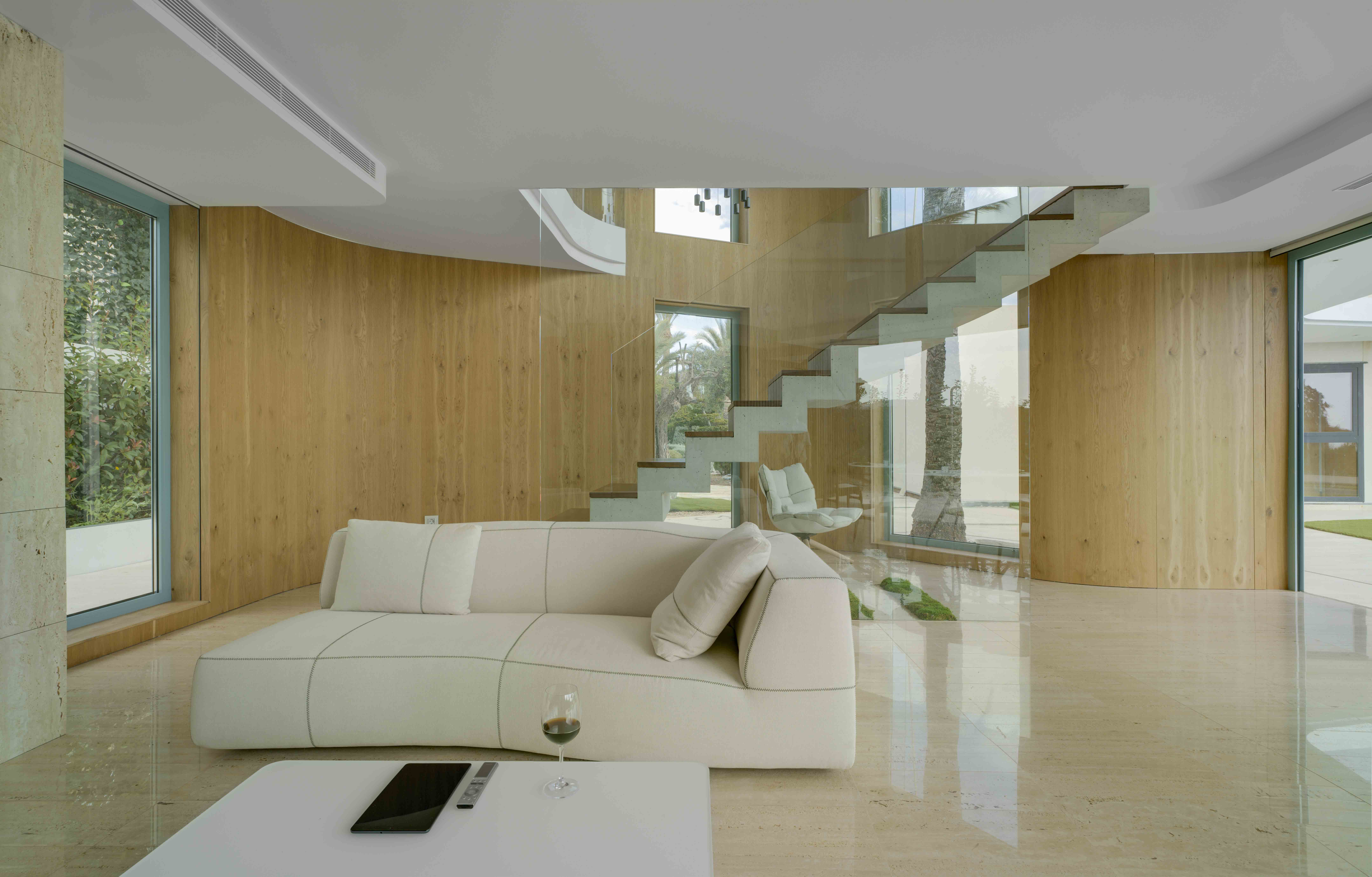
What role has technical wood played in this project? “Its use has been fundamental in being able to develop this partial project”, explains Antonio Maciá, an architect from WOHA. “The origin of all the proposals we develop is based on holistic visions, where the overall project is divided into smaller partial projects,” he says. “In this case, one of the structures corresponds to the inner shell of the building, and its ability to adapt to organic forms, so that the resulting space can interact with the users’ subconscious,” he concludes.
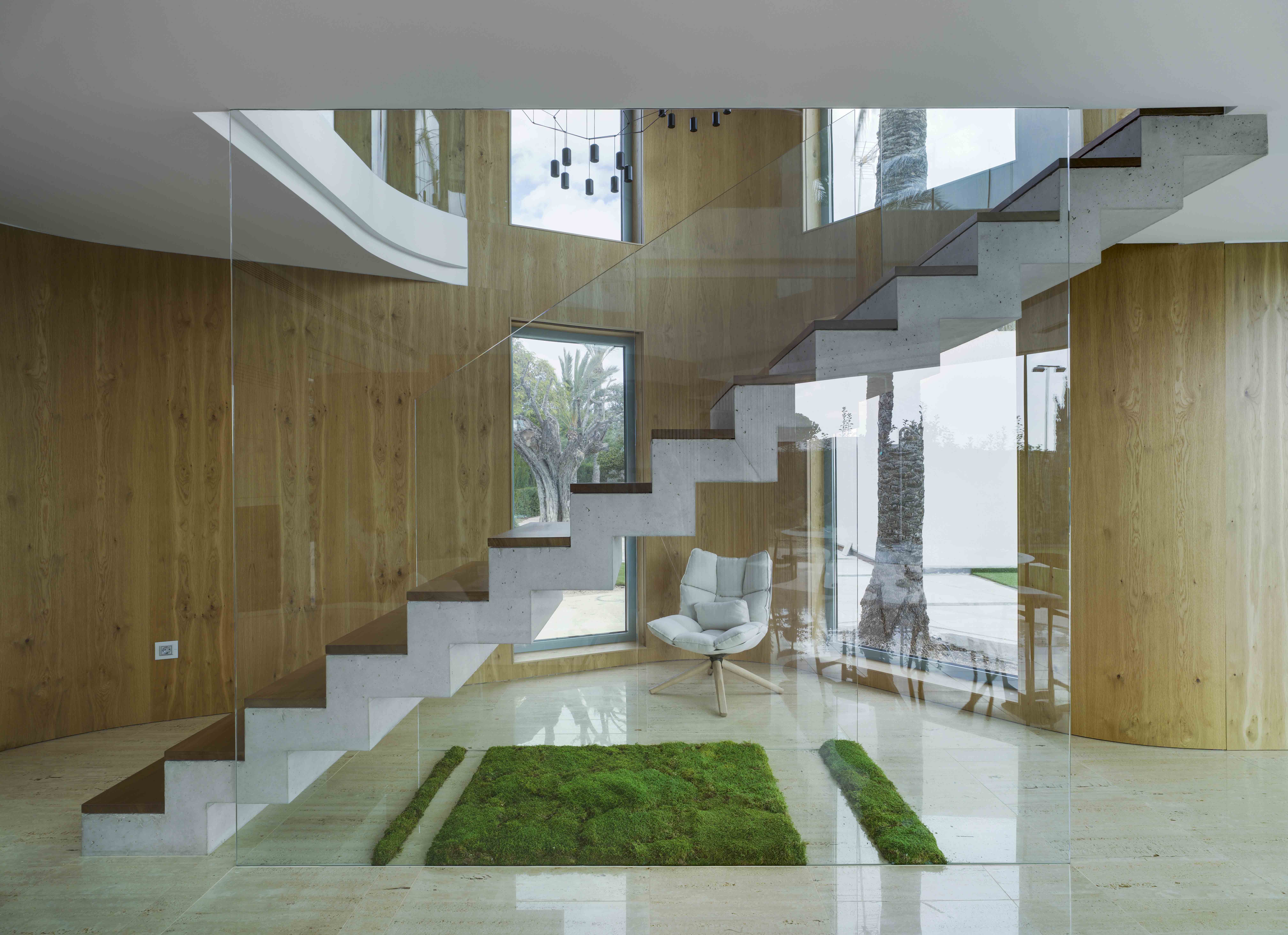
We can see oak veneer on the wall cladding and in the dressing room. “Bringing concepts to life is not a trivial issue, so we need products that are able to provide the qualities that the project requires,” explains Maciá. “FINSA's materials have the quality and nuances that allow us to create designs that are much more refined and suitable for the project's proposals,” he says.
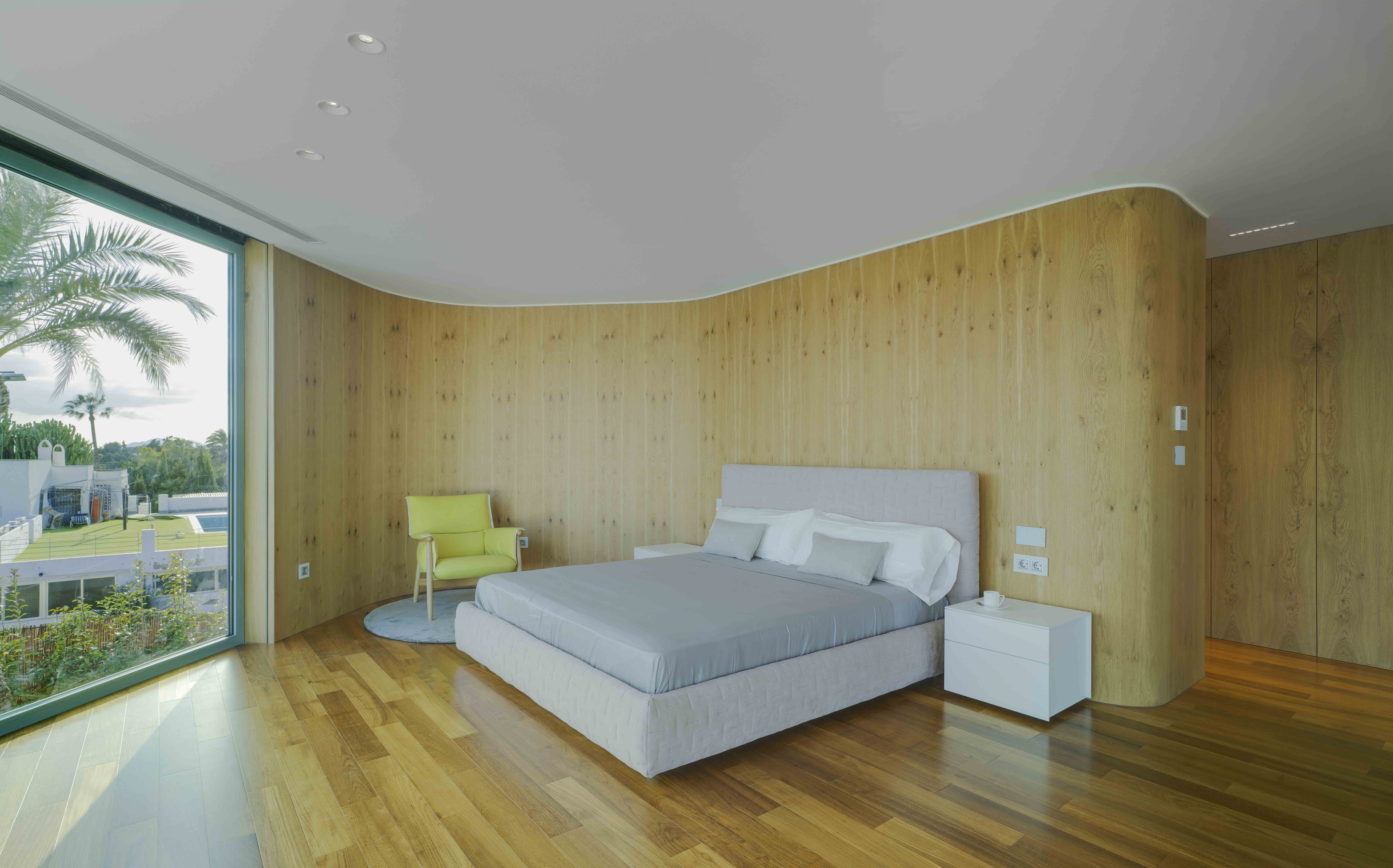
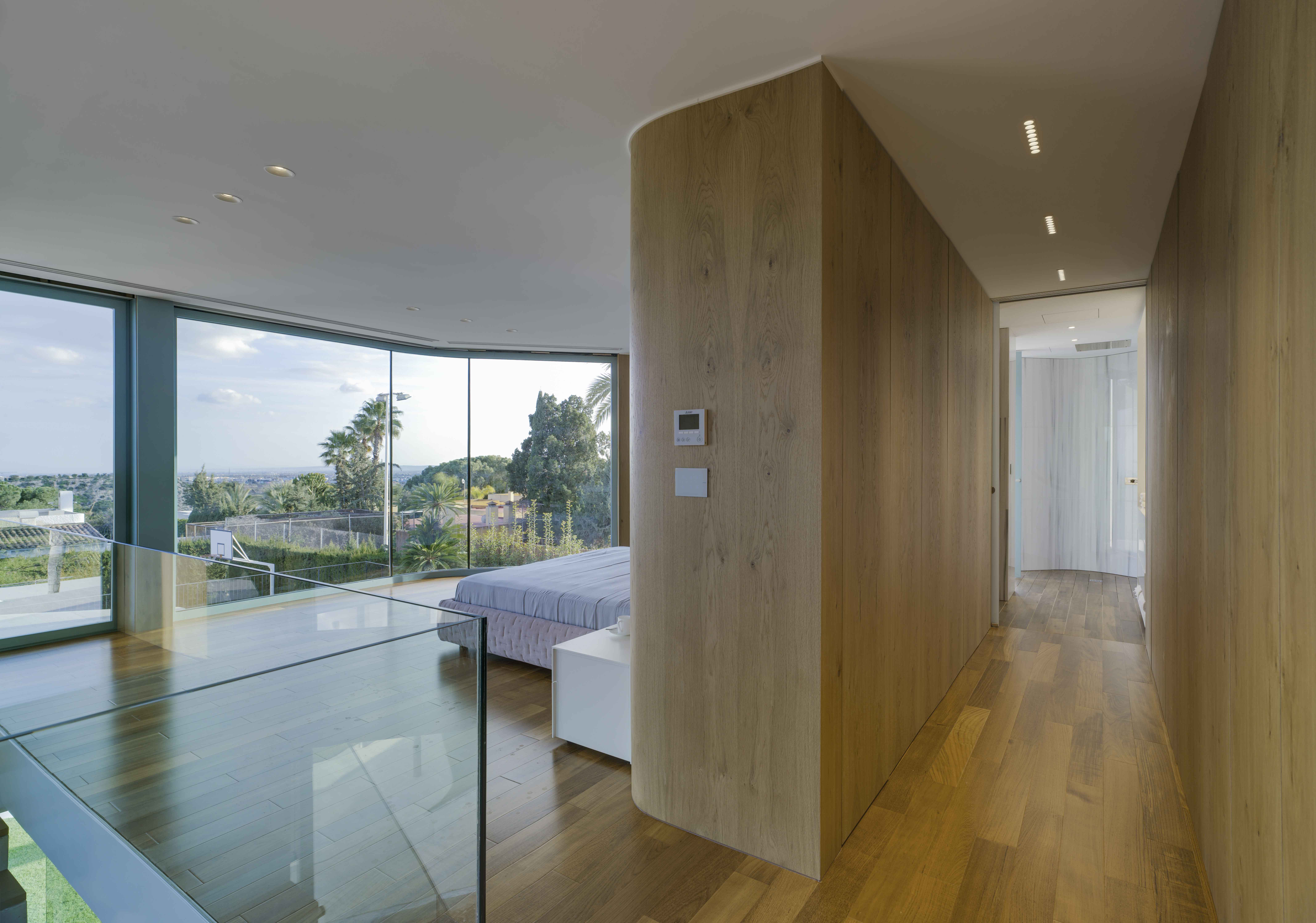
How does the studio evaluate FINSA's role as a provider of solutions? Maciá is certain that, “the most interesting thing has been to see, first hand, FINSA's capacity for innovation and bringing new materials to the market. In this way, we can adapt to the technical, cultural and environmental constraints of each project”.
If you enjoyed this case study, let us know what you thought of it on Facebook, Instagram, LinkedIn or Twitter.